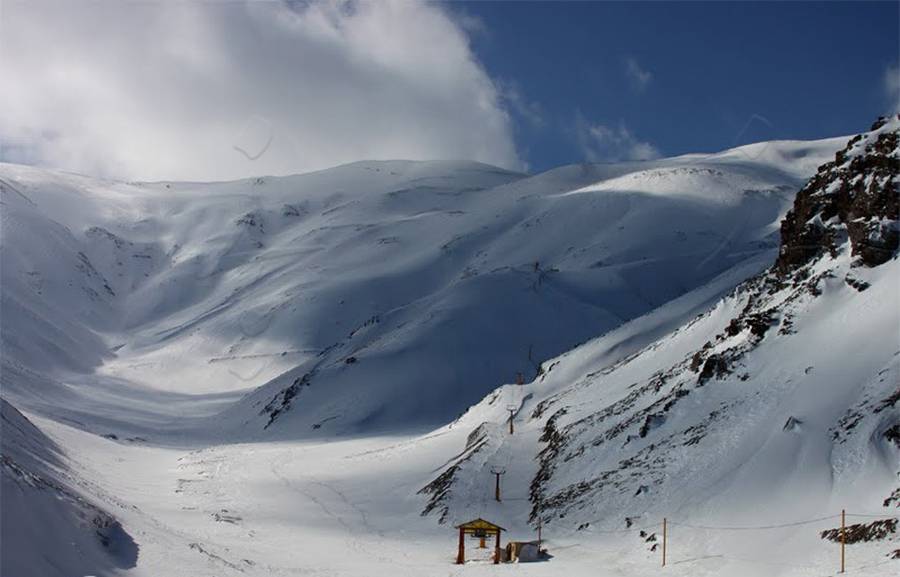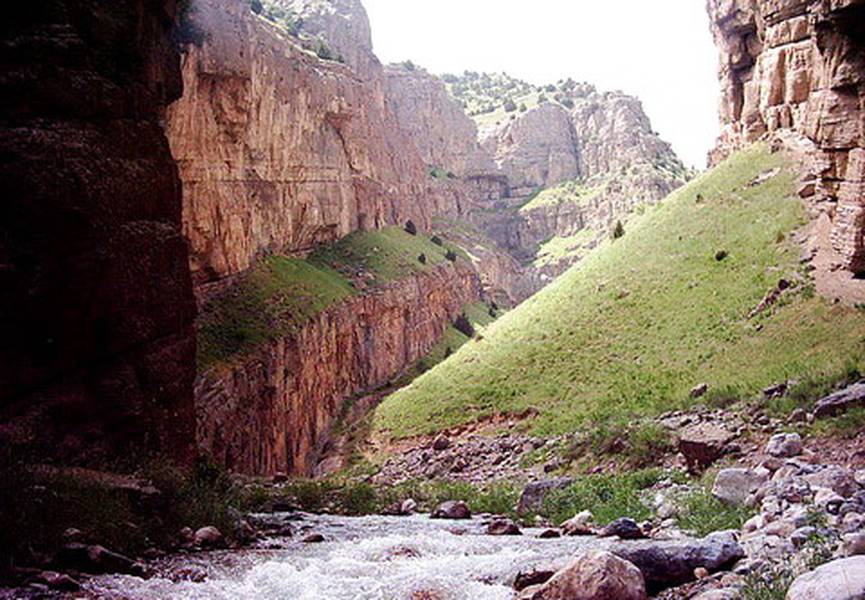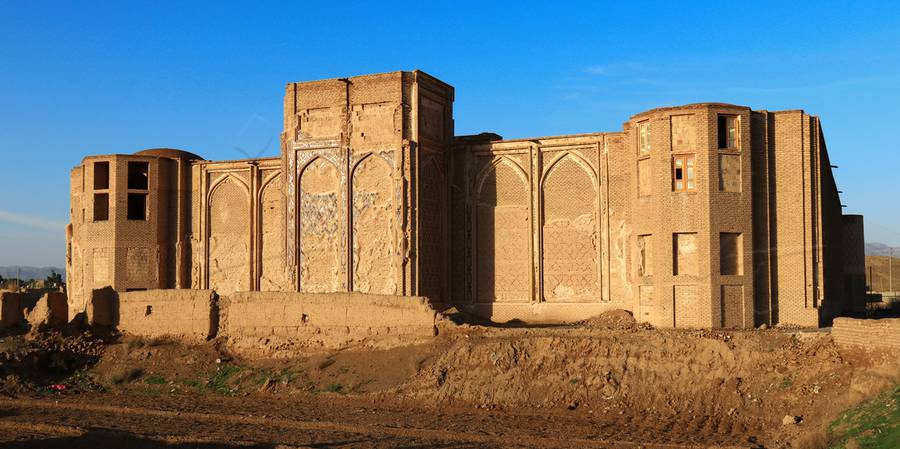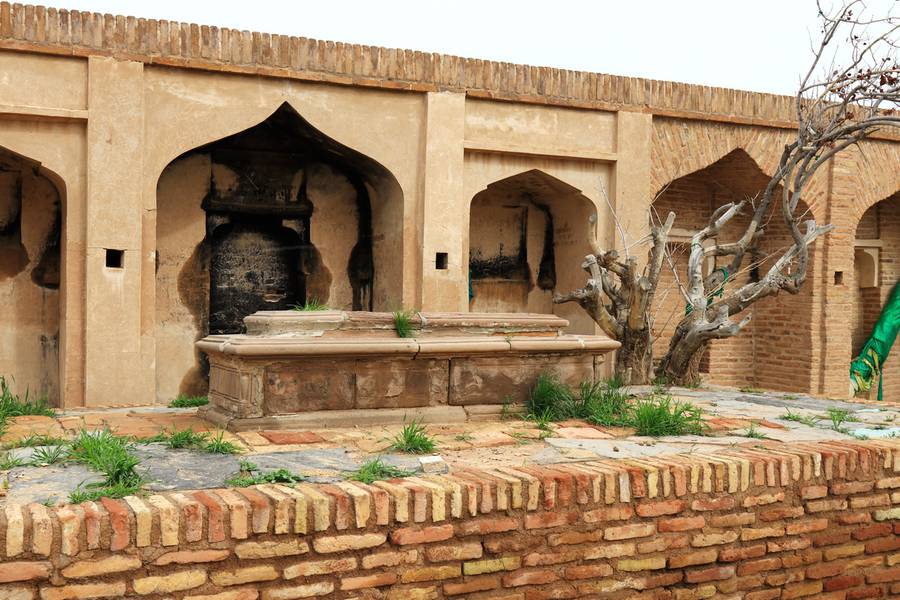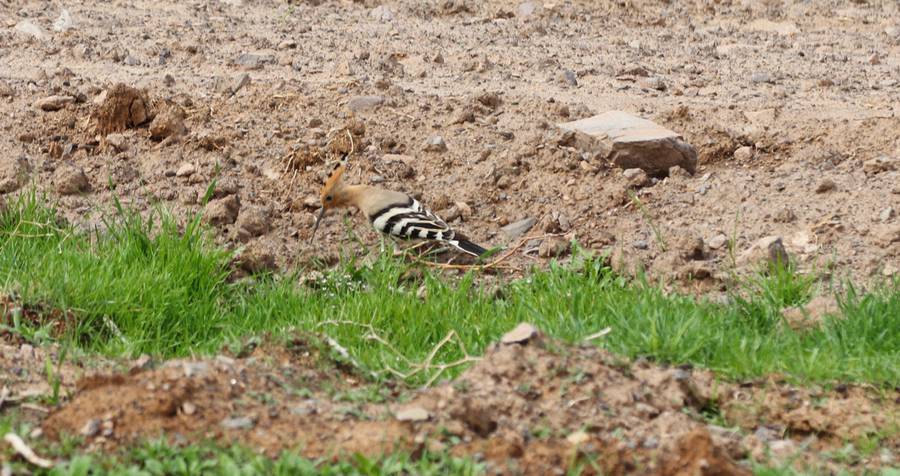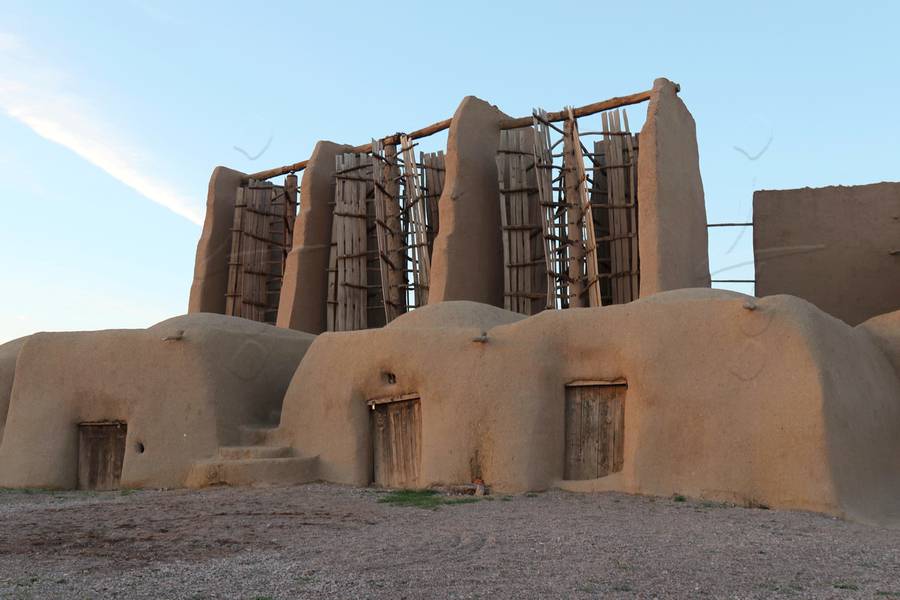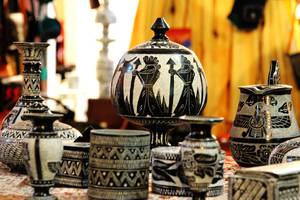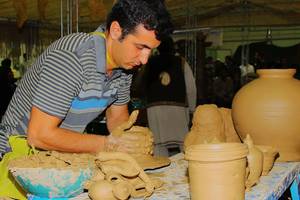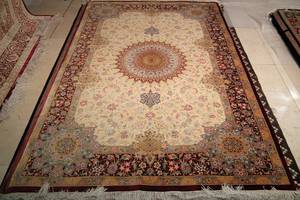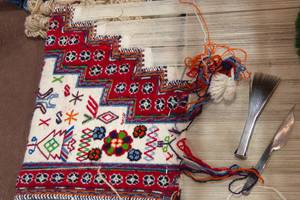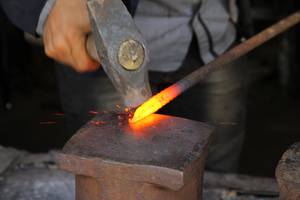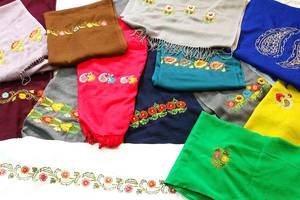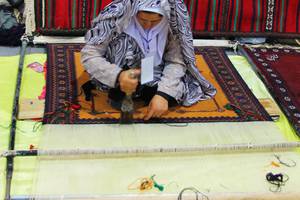
- Provinces
- Alborz
- Ardabil
- Boushehr
- Chaharmahal & Bakhtiari
- East Azerbaijan
- Fars
- Gilan
- Golestan
- Hamadan
- Hormozgan
- Ilam
- Isfahan
- Kerman
- Kermanshah
- Khuzestan
- Kohgiluyeh and Boyerahmad
- Kordestan
- Lorestan
- Markazi
- Mazandaran
- North Khorasan
- Qazvin
- Qom
- Razavi Khorasan
- Semnan
- Siatan and Balouchestan
- South Khorasan
- Tehran
- West Azerbaijan
- Yazd
- Zanjan


Razavi Khorasan Province Description
Khorasan Razavi is part of the great Khorasan, its capital Mashhad is also the religious capital of Iran. Religious tourism is the main destination of this province. Despite the natural and historical attractions and architecture such as tombs of Ferdowsi, Khayyam, Nadir Shah and Binalood and Hezar-Masjed Mountains, it is the destination for tourists and nature tourists and climbers.
The province, a large part of which consists of desert and semi-desert areas and has a warm and dry climate, is located in the northeast of Iran. The name of the province is tied to saffron, which is called red gold. The cultivation of this product is higher due to the weather conditions and low water requirements in the south of the province. The geological structure of this province is such that it contains a lot of mines, such as the turquoise mine in Neyshabur , which is of great significance, Sangan Khaf Iron Ore Mining, one of the largest rock iron mines in Iran and the Middle East.
The eighth Shiite Imam Shrine is in the center of Khorasan province in Mashhad , and this has caused many foreign travelers and tourists to travel to the city every year, especially at religious times. In such times, the population of Mashhad increases to 2 to 3 times its standard. This province has long been the land of science and culture, and great scholars and poets like Ferdowsi, Khajeh Nasir, Khayyam and Attar lived in this province.
The numerous monuments in the province show the historic aspect of the region. Such buildings as Rivend Temple and Chahartaghi in Baze Hoor, Sassanid Remain Collection, Sheikh Ahmad Jam Monastery, Karat Tower,Ghyasyh School Khargerd , Qasbah historical qanat, Khayyam tomb, Attar and Khaje Rabi, the village of Chubin and the collection of museums of Astan Quds.
Nature is different and unique in Khorasan Razavi province. Cities like Neyshabur, Binaloud, Kalat Naderi, Quchan, Chenaran, Daregaz in the Binalud and Hezar-masjid mountains, with attractions such as climbing, caving, Natural landscapes, waterfalls gather tourists. On the other hand, the cities of Bajestan, Kashmar, Gonabad and Bardsakan having different species of plants, wildlife and natural phenomena such as warm mineral waters and calcareous caves, salt dunes, Tandoureh Protected Area Lake Bazangan in Sarakhs, as well as some human phenomena such as qanats, bums and ancient caravanserais and the possibility of astrological studies, attract more travelers. The hills are also spectacular.
Cities
Attractions
Ecolodges
Restaurants
Leaders

Razavi Khorasan Province Handicraft

Razavi Khorasan Province Culture
خراسان رضوی به دلیل همجواری با کشور عراق و افغانستان علاوه بر میزبانی قومیتهای مختلف ایرانی مثل؛ ترک، کرد، ترکمن و بلوچ، مهاجرانی از این دو کشور را نیز در خود پذیرا شده است.
در قسمت شمال استان خراسان رضوی ترکمنها که بیشترشان اهل تسنن هستند زندگی میکنند و به زبان ترکمنی سخن میگویند. بخش وسیعی از خراسان رضوی محل سکونت کردها و ترکها است که شیعه هستند و به زبانهای مادریشان یعنی کردی و ترکی صحبت میکنند.
سبک پوشش مردمان خراسان رضوی با توجه به قومیتشان متفاوت است؛ در قسمت شمال استان هنوز هم پوشش قوم ترکمن به چشم میخورد و هستند کسانی که پوشش و فرهنگ قوم خود را حفظ میکنند. به دلیل قرار گرفتن قومیتهای مختلف در خراسان رضوی میتوان پوششهای اقوام مختلف را در آن دید.
زندگی ساکنین خراسان رضوی به خصوص ساکنین Mashhad با هشتمین پیشوای شیعیان گره خورده و در بیشتر مراسم و آداب و رسومشان ردی از مذهب و اعتقادات به چشم میخورد. ساکنین خراسان رضوی در اجرای مراسم ماههای عزاداری بسیار پر شور ظاهر میشوند تا ارادت خود را به امامان شیعیان اعلام کنند.
بیشتر ساکنین این استان به دامداری و کشاورزی مشغول هستند و از این راه امرار معاش میکنند.
موسیقی در خراسان رضوی ریشهای عمیق و غنی دارد؛ خراسانیها در نواختن سازهای تار، دو تار، سهتار، سرنا و دایره و تنبک بسیار ماهر هستند و اجرای بیشتر مراسمشان با نوای سازهای سنتی و محلی همراه است. از ریشه داشتن و قدمت موسیقی این استان میتوان به نقارهزنی در حرم امام رضا (ع) هشتمین امام شیعیان اشاره کرد. همچنین در شرق استان هنوز هم آیینهایی چون رقص چوب اجرا میشود.
غذاهایی که خاص این استان هستند، کمهجوش سبزواری، حلیم عدس، ساطری پلو، آش بلغور شیر، آش تقویتی حلبه، توگی سرداغ، آش ماستی سبزوار، سردیگچه مشهدی، آش شله مشهدی، شیشلیک و خورشت ریواس.
Carpet Weaving ، Kilim Weaving ، هرکارهتراشی، سبدبافی، پوستیندوزی، Stone Carving ، فیروزهتراشی و Pottery از هنرها و صنایع دستی این استان هستند که همچنان به کار و فعالیت خود ادامه میدهند و در کنار محصولاتی چون زرشک و زعفران به عنوان سوغاتی مورد استفاده قرار میگیرد.
